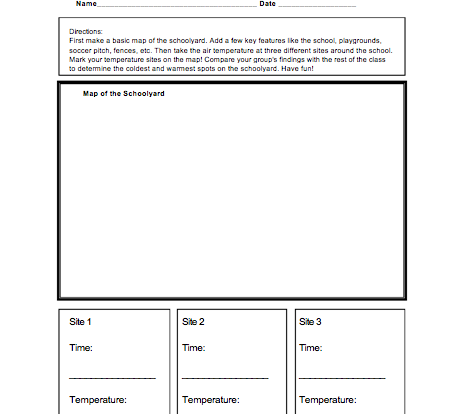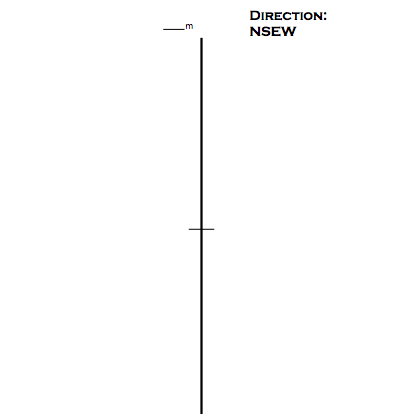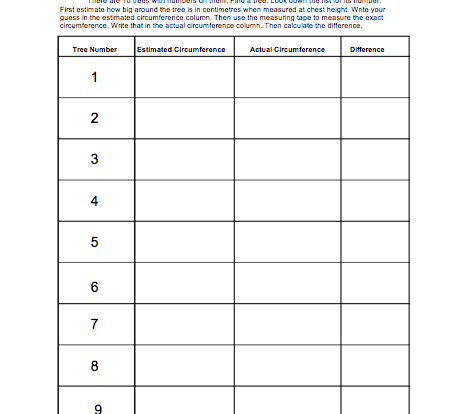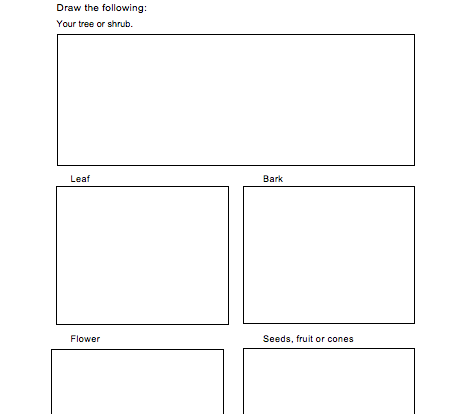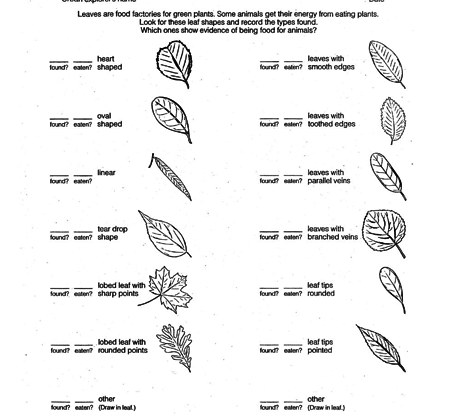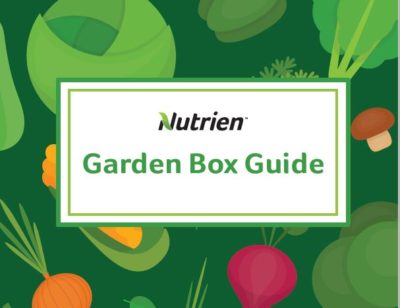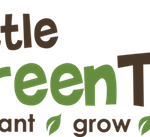-
Learn about air temperature and variability. Take the air temperature at different sites around the school and compare findings to determine the coldest and warmest spots on the schoolyard.
-
Discuss transects and different methods of observation. Students complete the activity by indicating changes in the natural area, and identifying the ecosystem using transects. Wrap up: Compare student results, and revisit transect basics if necessary.
-
Students exercise their abilities in estimating and calculating circumference and subtraction. Teachers number 10 trees within the schoolyard and students then go outside to find each tree (1-10). First the students estimate each circumference, measure each circumference, and then find the difference between their estimation and actual circumference. Wrap up: Compare numbers, discuss which students had the closest guesses, etc.
-
Have students choose a tree or shrub and draw it including specifics like leaves, bark, flower, seeds, and fruit or cones. Have students switch their sheet with a partner, and have their partner try to guess the tree/shrub based on the pictures drawn. Wrap up: Discuss student answers. Correct/incorrect answers and what led them to their guess.
-
Discuss shapes, leaves, leaf shape, animal diet, herbivores, trees, tree parts, evidence of eaten leaves and leaf shapes on the worksheet. Students hunt for different leaf shapes and look for signs that they have been eaten. Wrap-up: rare and common leaf shapes, number of eaten leaves, etc.

